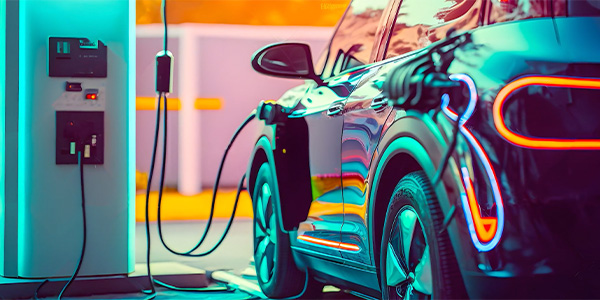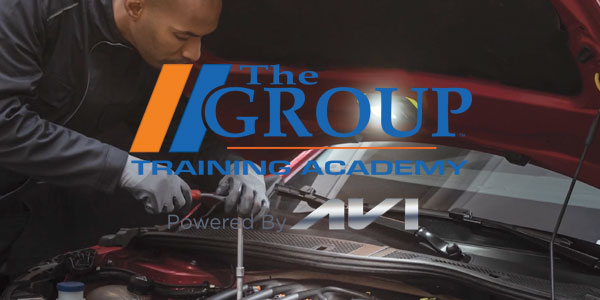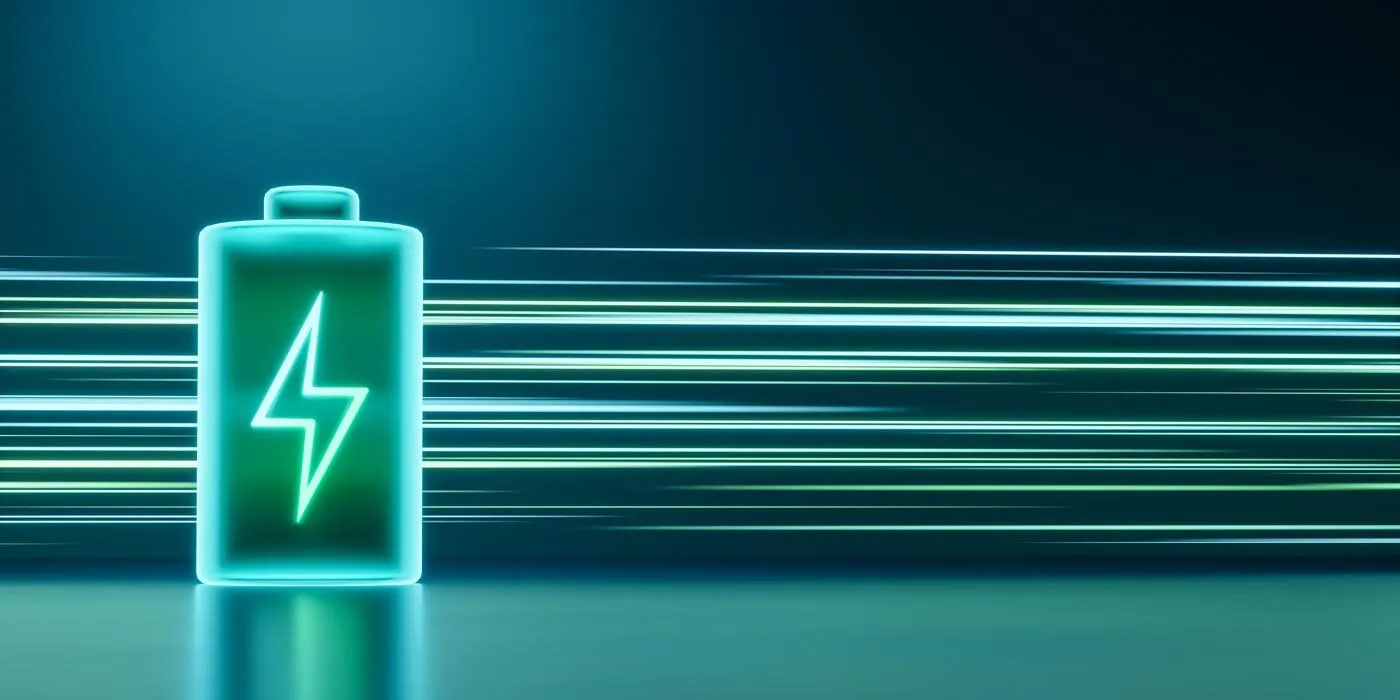CC:
Vehicle manufacturers have created a bridge of powertrain technologies to move from today’s traditional internal combustion engine to full electric vehicles. Vehicle experts recognize five types of vehicle electrification platforms, each serving as the next stepping stone to full vehicle electrification.
The first is a micro hybrid or otherwise referred to as a start/stop. Next comes a mild hybrid, followed by a full hybrid. Then we move into a plug-in hybrid, and last, we reach the full electric vehicle. As you move from the left side to the right side across the spectrum, you increase the level of electrification before you reach a full EV.
As a technician, you’ve probably already been exposed to some of these, with more likely to roll into your shop in the months or years to come. Service opportunities abound, because the full EV is the only platform that does not utilize an internal combustion engine. And every platform, even the EV, still has a low-voltage system.
This is an era of change with vehicle mobility, and three mega trends are driving these changes: vehicle connectivity, autonomous driving, and vehicle electrification. Each of these trends requires additional onboard power, and levels of change coming over the next dozen years will likely exceed those this industry has experienced over the past 50 years.
it’s also important to understand that EV adoption will be more of an evolution and less of a revolution that many have suggested. Despite the ambitious claims of EV adoption, industry projections show that in 20 years, EVs will only represent about 13% of the US vehicle population, and they’re currently only about 1% today. Even with this transition from traditional internal combustion engines to battery electric vehicles, single or even multiple lead batteries will be the primary stored power source for these systems.
EVs and full hybrids rely on a 12-volt battery for increased electrical loads and critical safety functionality. The number of electrical devices in vehicles is expected to triple from 2009 to 2025, and potential peak power requirements have increased approximately 50% over the last 10 years. Increased electrical power demands for everything from heated seats and infotainment systems to cutting edge safety features like pedestrian detection systems, mean more capable advanced batteries that can help vehicles meet regulatory standards and consumer expectations in a cost-effective way are required.
As demand for more environmentally friendly vehicles continues, you should know that you’re likely already part of the greening trend! In 2020 alone, start/stop technology using lead batteries helped eliminate four and a half million tons of greenhouse gas emissions in the United States. That’s the equivalent annual energy use of 500,000 US households.
In addition, from the plastic cases to the lead plates to the battery acid, components used in batteries used in today’s cars are recycled at a rate of 99% – that’s incredibly different than the 15% that lithium batteries are recycled. The typical new battery consists of 80% recycled material.
For more information visit EastPennManufacturing.com.
This video is sponsored by The Group Training Academy.














